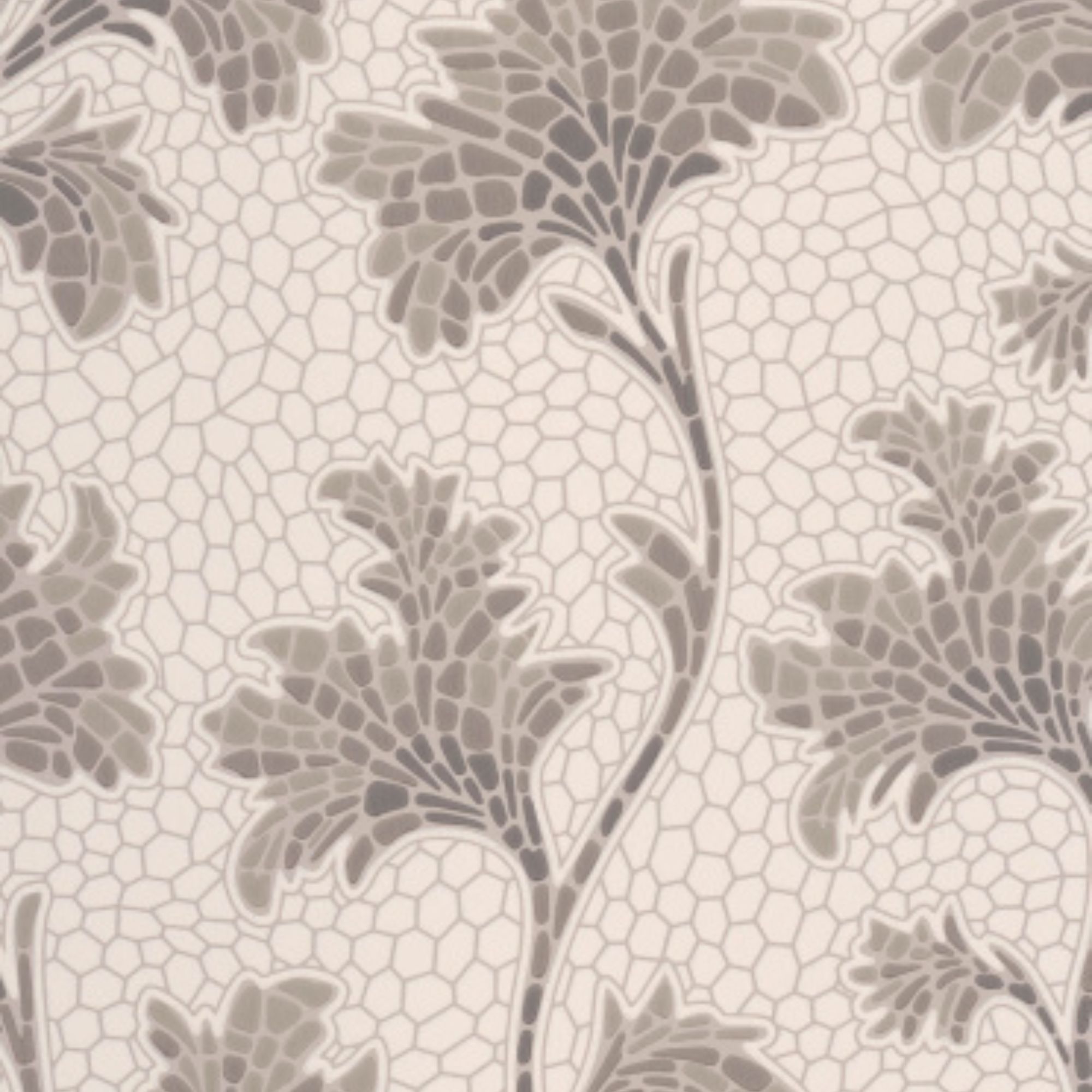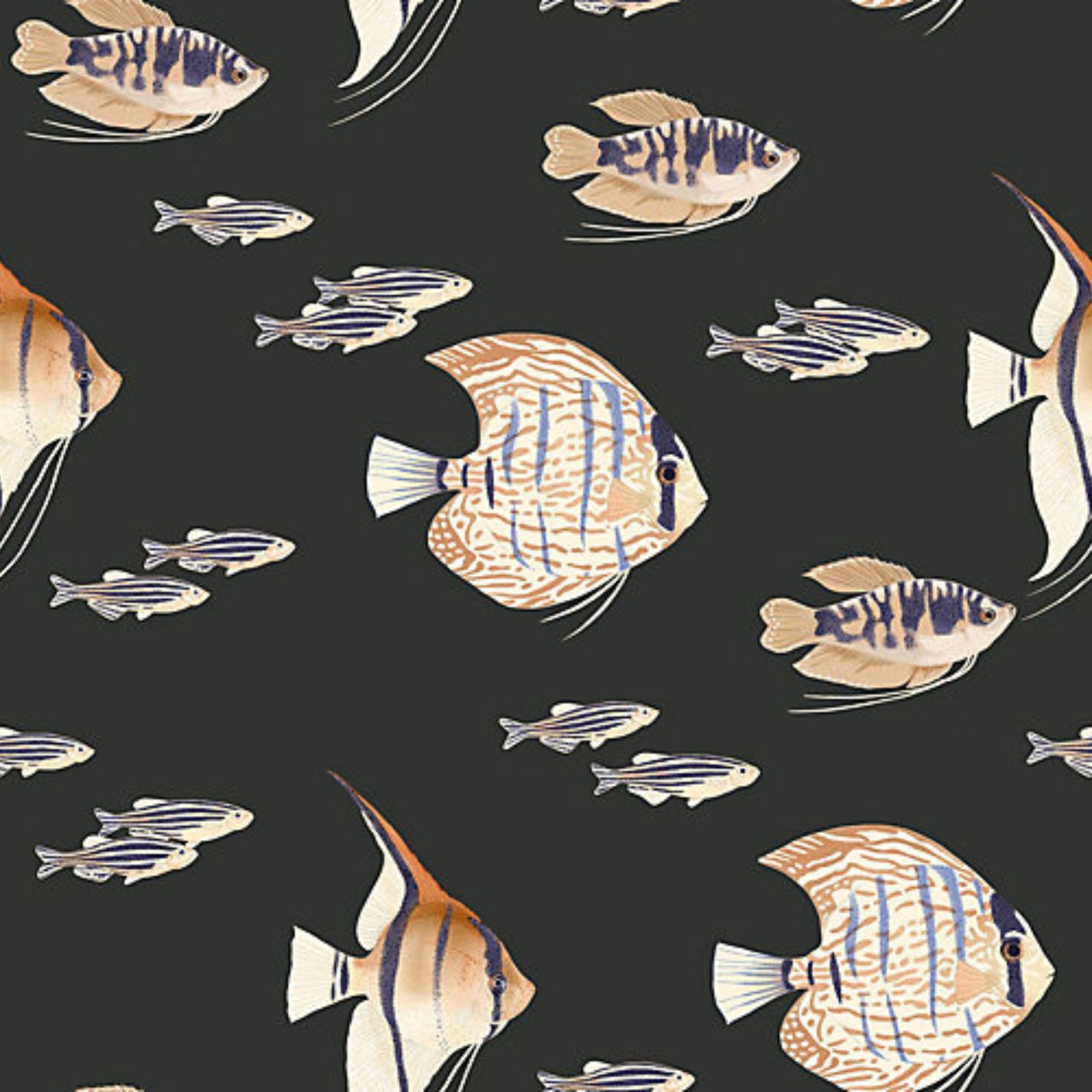5 Sustainable Wall Finishes That Don't Negatively Impact the Environment, or Your Indoor Air Quality
The finishes you use in your home can have a substantial impact on air quality and the environment, so it's worth doing your homework


The finishes selected for the walls of a home are intrinsic to its aesthetic. But believe it or not, they can also have an impact on indoor air quality, making your choices for each room vitally important.
Sustainable wall finishes — including paint, wallpaper, plasters, and other treatments — vary depending on their ingredients and manufacture, as well as whether they are biodegradable, weighing on a decision to introduce them into a sustainable home.
Here, we’re exploring the best sustainable wall finish out there, focusing on their environmental benefits and contribution to indoor air quality, but also their design appeal and which rooms they’re best used in to inspire your choices.
Why Do Sustainable Wall Finishes Matter?
Indoor air quality contributes to health, with poor air quality causing short-term and long-term effects. Volatile organic compounds (VOCs) are one of the main indoor air pollutants, and they are emitted by a large array of building materials and furnishings. When checking your indoor air quality, paints, varnishes, waxes, and solvents can be sources along with products such as cleaners and disinfectants.
Reducing exposure to VOCs through the choices we make when decorating can therefore help protect the health of a home’s occupants, and that includes the wall finishes selected for each room.
And, as well as potentially influencing health, these choices also allow us to opt for more sustainable products that reduce harm to the environment. The sourcing of their materials and their manufacture can be factored in when deciding.
Below are some of the sustainable wall finishes on offer that will contribute to better indoor air quality without sacrificing style.
1. Eco-Friendly Paint
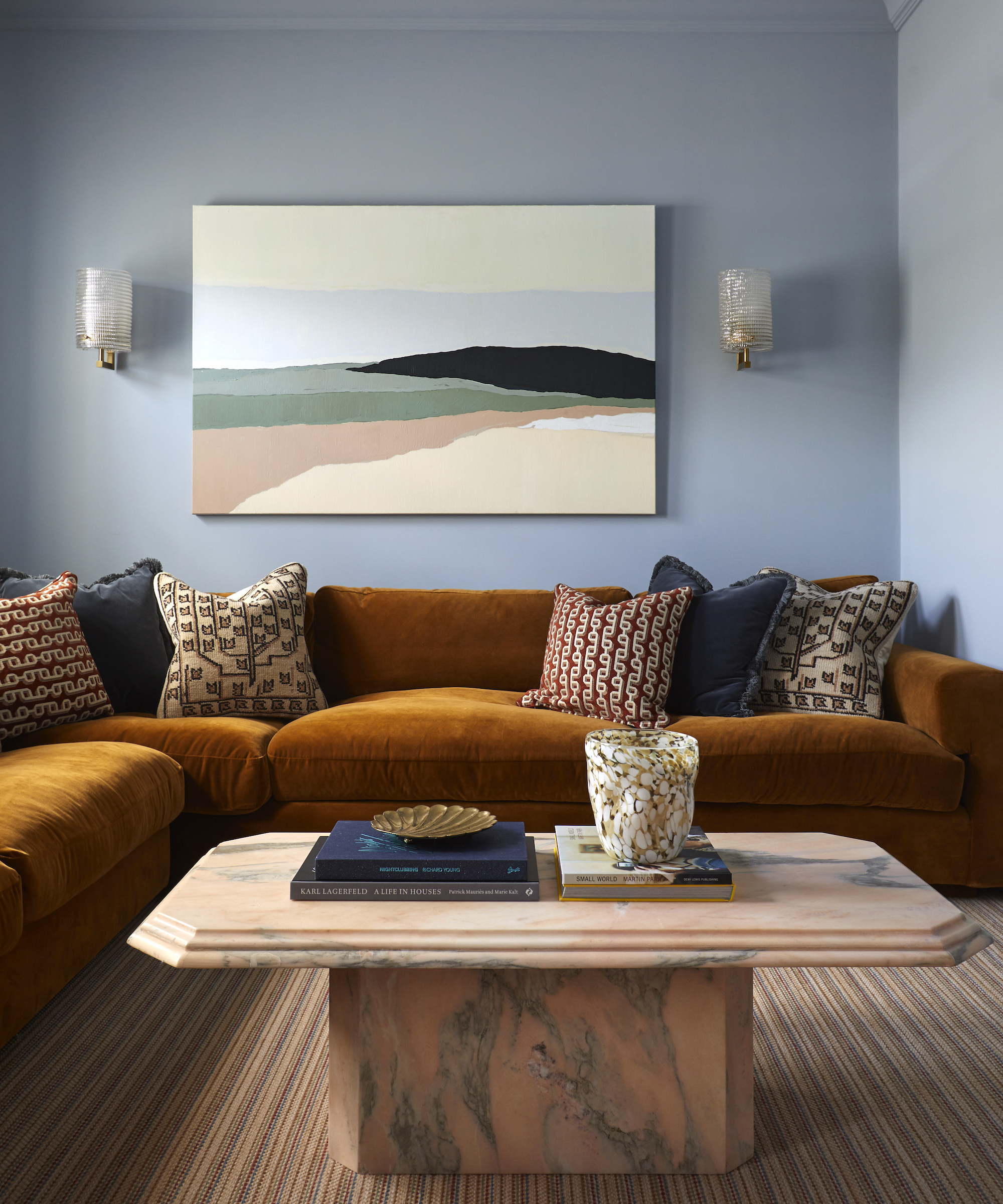
Just because they're made from natural ingredients, doesn't mean that Edward Bulmer's range of paints aren't colorful.
Paints can be manufactured using petrochemicals and synthetic pigments, but the most eco-friendly use natural ingredients and have a very low VOC content. The brands producing them also aim to adopt the most sustainable practices in their manufacture.
When selecting eco paint, look for the VOC content and check the ingredients lists if available. Be aware that some options contain man-made as well as natural ingredients, but they should all have trace (less than 0.1 per cent VOCs), minimal (0.1 to 0.29 per cent) or low VOCs (0.30 to 7.99 per cent), and the brand’s sustainability measures should also be detailed.
Natural paint brand, Edward Bulmer, prides itself on declaring all its ingredients on its tins, and the use of only earth and mineral pigments as well as a plant-based binder. Its emulsion paint is effectively VOC free, with a level of 0.07 per cent, while its wood paints have the lowest of any available, says the company's representative, Milla Elder.
The colors are all made from the same 12 earth and mineral pigments, Milla continues, but there is nevertheless a wide collection from which to choose, allowing you to achieve your desired aesthetic.
“Natural paints made from real pigments have a soft, living finish which responds to light in a quite extraordinary way,” adds Milla.
The natural ingredients of this sustainable wall finish doesn't limit its use with emulsions suitable for any room, but eggshell is recommended for bathrooms with poor ventilation, and either eggshell or gloss is better for high traffic areas like hallways.
2. Venetian Plaster
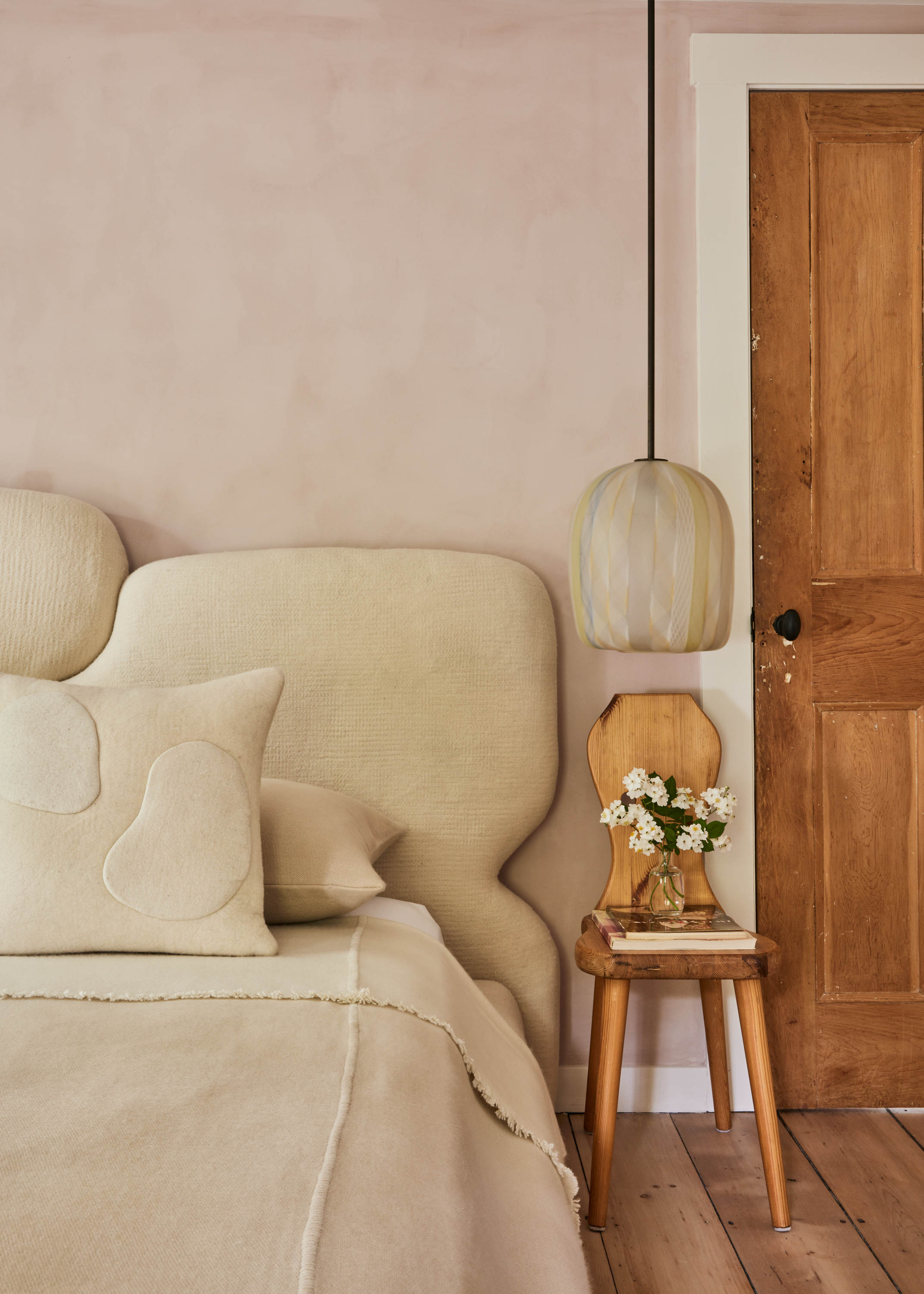
Venetian plaster is not only a more sustainable wall finish, but it also adds beautiful texture to a space.
Plasterboard and plaster itself can also contribute VOCs to the home environment so, as an alternative, you might want to consider Venetian plaster.
“Venetian plaster is an organic product consisting of hydrated ground limestone which has been ‘baked’ at high temperature to create a powder which, combined with marble dust, creates the basis of the finish,” explains Mark Kingsford, director of Perucchetti.
“Limestone is readily abundant in most countries around the world and is widely regarded as eco-friendly and a highly sustainable wall finish,” he says. “The finish is breathable and VOC free, so it is a perfect option for safer and better indoor air quality.”
But this finish isn't something you'd paint or paper over, it's a decorative choice, and way to bring texture to your walls. “The variations and undulations of the natural minerals and pigments can produce an unlimited array of colors and textures that mirror the beauty of rich natural stone, marble, wood and leather,” adds Mark.
Venetian plaster is best for spaces such as living and dining rooms, as well as for adding interest to hallways and staircases, where decorative options are more limited.
3. Clay Lime Plaster
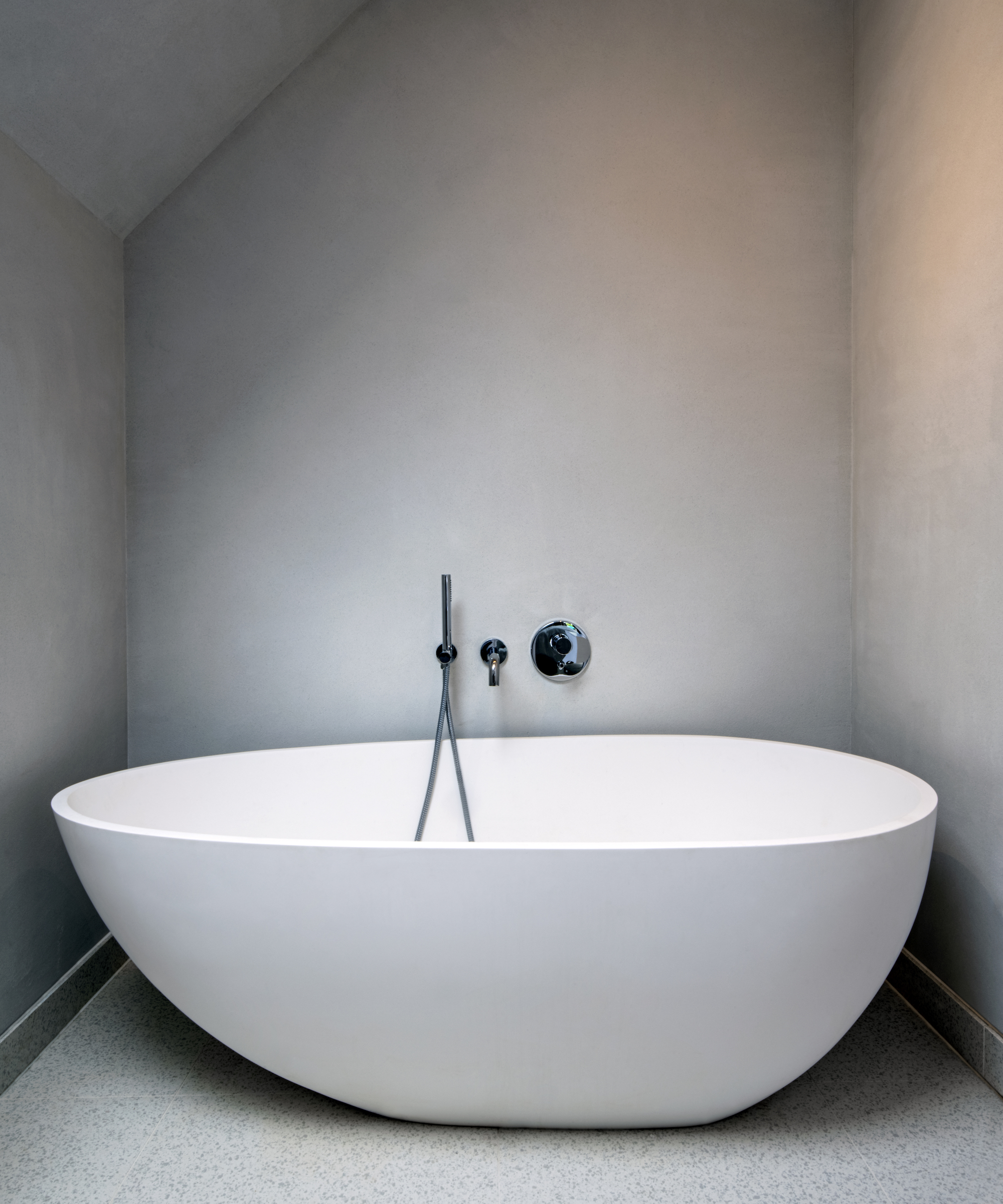
Armourcoat's clay lime plaster can be used in all areas of the home.
Clay lime plaster is another sustainable wall finish that uses natural materials. In particular, Armourcoat's Clay Lime Plaster is made using raw earth materials with a minimum 71 per cent recycled content.
“Comprising unfired clay, hydraulic lime, recycled crushed marble, and mineral pigments, the formulation requires minimal processing during its production,” explains Ian Masonbury, design development and brand manager. “It is naturally breathable, biodegradable, free from solvents and VOCs, with zero emissions.”
The plaster is available in a variety of earth tones and has a matte surface finish. “Textures vary depending on the size of the aggregate used,” says Ian. Heavier textures tend to suit older homes, bringing a rustic, artisanal aesthetic, he adds, while a smoother, more honed finish has a modern, minimal look.
“Colors are achieved using mineral pigments,” Ian continues, and these comprise contemporary soft neutrals to deeper mineral hues.
Clay lime plaster can be used in kitchens, bedrooms, and living areas, and it is even possible to use this sustainable wall finish in bathrooms, although it’s not advisable in areas where it is directly exposed to excess water, such as splashbacks, or showers.
Alternative sustainable plasters that contribute to better indoor air quality include clay plaster, which has a matte textured finish, as well as lime plaster, which has an attractive soft look.
4. Reclaimed Materials
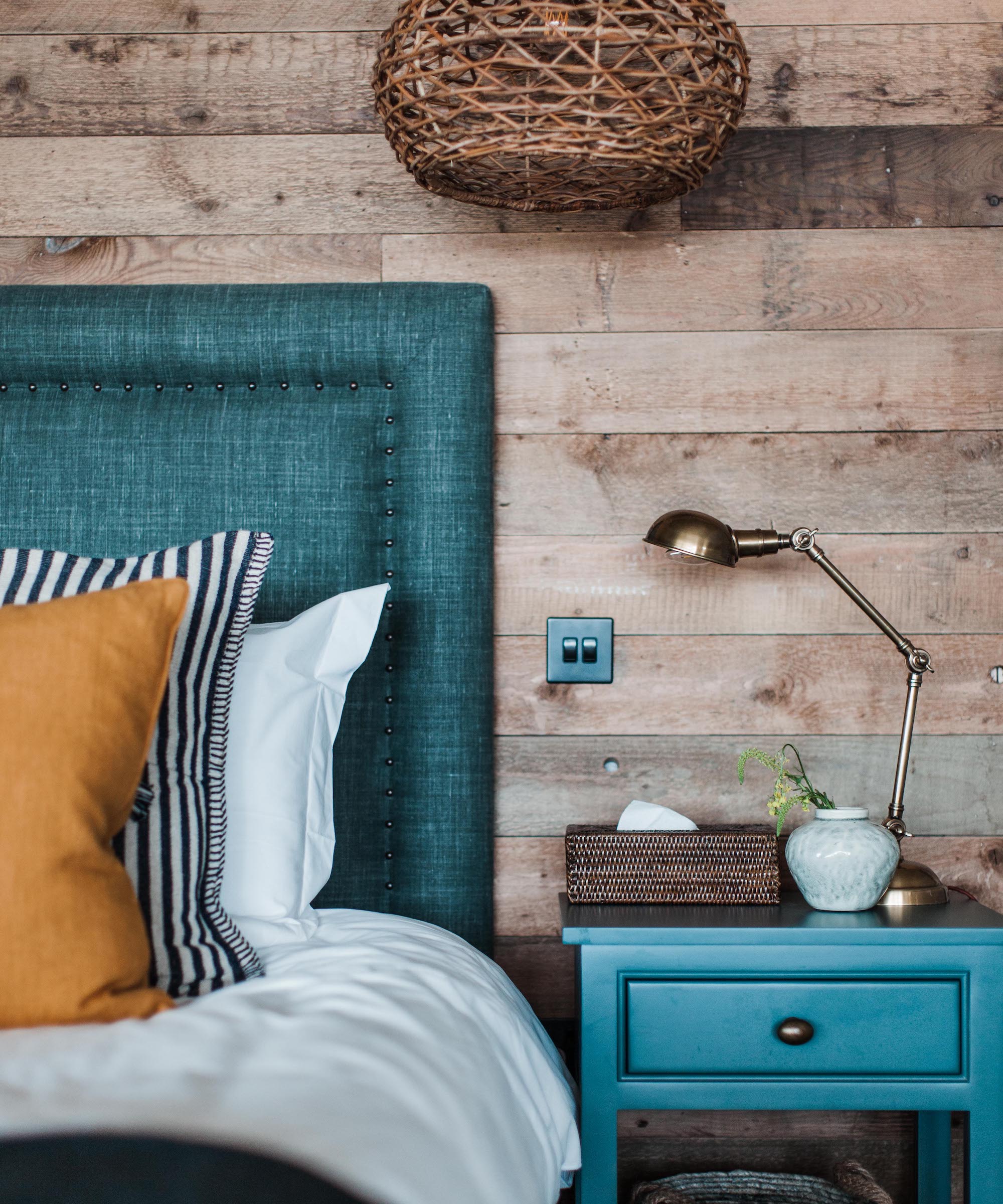
Using reclaimed materials as wall finishes gives your space that one-of-a-kind vibe.
Reclaiming and upcycling can keep materials out of landfill and, in the case of wood, helps to prevent the additional felling of trees. Plus, reclaimed wood cladding or wall paneling can be a characterful sustainable wall finish.
“Unlike new materials, reclaimed timber doesn’t conform to perfection, instead, it celebrates natural imperfections like indentations, aged coloring and the beautiful wear and tear of time,” says Ian Tomlinson, managing director of Chaunceys Timber Flooring.
Decorating with earth tones is a major trend right now, and reclaimed timber cladding can contribute to this look. “It helps create grounded, calming spaces that feel warm, tactile and connected to nature,” says Ian. “Whether you're layering textures or leaning into a soft, minimalist aesthetic, the natural grain and warmth of wood bring depth and balance.”
As a sustainable wall finish, reclaimed timber can be used all around a home. “It's ideal for zoning open-plan spaces, adding texture to hallways, or introducing a cocooning feel to living rooms and bedrooms,” says Ian, who suggests combining it with materials like stone, plaster, and soft textiles.
As an alternative to reclaimed wood, you might also consider cork surfaces (which can be used on the walls and floor) with a recycled content. Available in different colors and finishes, and with an appealing texture, cork can reduce noise transmission and is water resistant.
Ian Tomlinson has been the managing director of Chauncey's Timber and Flooring company since 2012. He's responsible for ensuring the company, and its products, continue to be top-quality, and is instrumental in pushing the company forward, delivering on their ethos.
5. Eco-Friendly Wallpaper
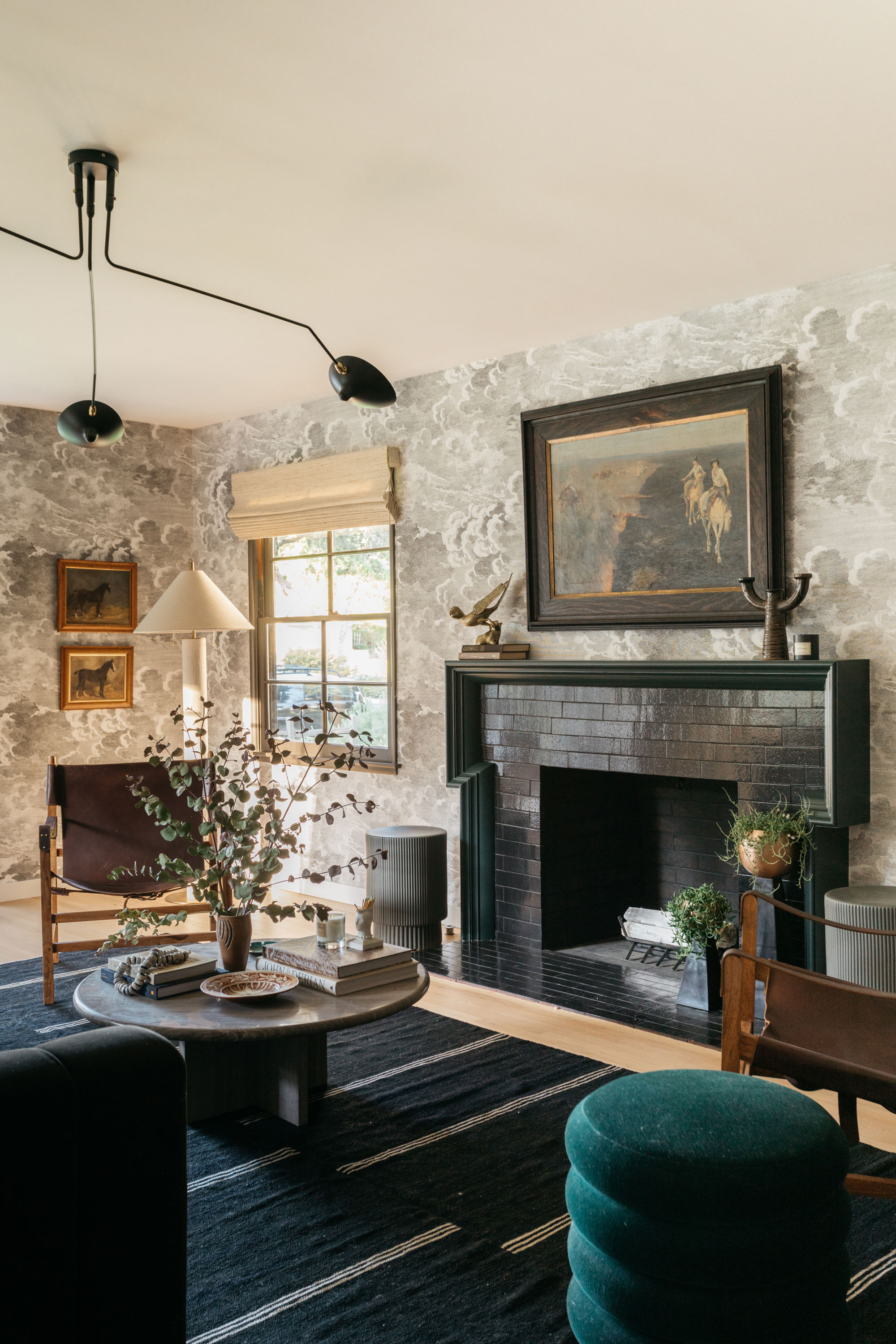
You can buy on trend wallpaper designs that are also eco-friendly and more sustainable wall finishes, so why wouldn't you?
Like other wall finishes, wallpaper can negatively influence indoor air quality, particularly vinyl options, but there are brands creating papers with reduced VOCs and that are more sustainable, such as Bobbi Beck (available at B&Q).
“Our wallpapers are printed with non-toxic, low VOC inks, meaning there are fewer chemicals involved which helps improve indoor air quality and reduces the risk of headaches, allergies, and respiratory issues,” says James Mellan-Matulewicz, CEO and creative director at Bobbi Beck. The 'premium' paper is also a vinyl-free option made of 95 per cent cellulose, which is an organic and natural material.
“While our wallpapers cannot be recycled (almost no wallpapers can), they are made to last and expected to be used for many years within the spaces they occupy,” he adds. “When they are ready to be discarded, they can be discarded with standard domestic waste.”
James Mellan-Matulewicz is the CEO and creative director at Bobbi Beck, a carbon-neutral wallpaper brand centered around sustainability — their paper is sourced from certified sustainable forests and is majority PVC-free. Their inks are non-toxic and cartridges are recycled, and their packaging is 100% plastic-free.
Aesthetically, wallpapers made with improved environmental credentials offer the same potential as all other wallpaper trends, with bold patterns for maximalist interiors, and textured wallpapers and faux finishes adding depth without being an overwhelming feature for a more minimalist design.
Look for the use of paper from sustainably managed forests when working out where to buy wallpaper, for example Forest Stewardship Council (FSC) certification, as well as GREENGUARD certification of low VOC emissions. This will help you avoid potential greenwashing in interior design — an area that's unfortunately rife.
Other sustainable and eco-friendly wallpaper options include Farrow & Ball wallpaper, which is made with paper from FSC-certified forests and doesn’t use PVC or plastic coatings. Its own water-based paints are used to create the pattern and color, and its wallpaper paste is made using potato starch.
Alternatively, look at Little Greene wallpaper which also uses paper from sustainable forests and is made with non-toxic pigments.
But sustainable wall finishes are just one element of the home. It's also worth looking at other aspects of your space, from what your furnishings are made of, to the eco-flooring options also available.
Once you start researching, you'll soon discover a world in which your home can look good, feel good, and do good.
Be The First To Know
The Livingetc newsletters are your inside source for what’s shaping interiors now - and what’s next. Discover trend forecasts, smart style ideas, and curated shopping inspiration that brings design to life. Subscribe today and stay ahead of the curve.

Sarah is a freelance journalist and editor. Previously Executive Editor of Ideal Home, she’s specialized in interiors, property and gardens for over 25 years. She’s written for websites including Houzz, Channel 4’s flagship website, 4Homes, and Future’s T3; national newspapers including The Guardian; and brands including Future’s Homes & Gardens, Country Homes & Interiors, Homebuilding & Renovating, and Period Living, as well as House Beautiful, Good Homes, Grand Designs, Homes & Antiques, and The English Home among others. It’s no big surprise that she likes to put what she writes about into practice, and is a serial house renovator.
-
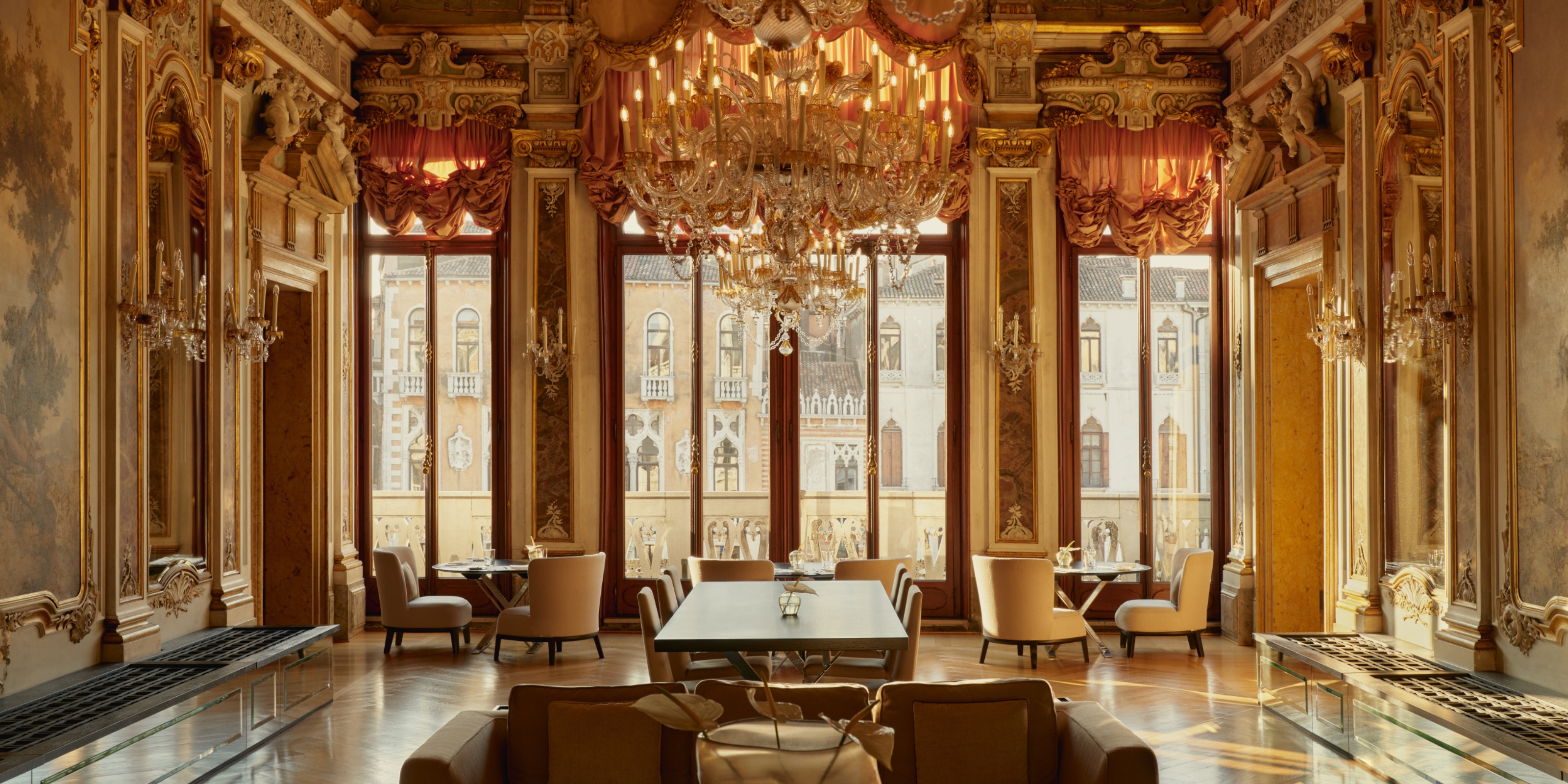 The Best Hotels in Venice — Bask in the Allure of La Serenissima With Our Curation of Masterfully Designed Holiday Stays
The Best Hotels in Venice — Bask in the Allure of La Serenissima With Our Curation of Masterfully Designed Holiday StaysWe've rounded up the once-in-a-lifetime Venetian sojourns every interiors-savvy traveler should tick off their list, on time for Biennale Architettura 2025
-
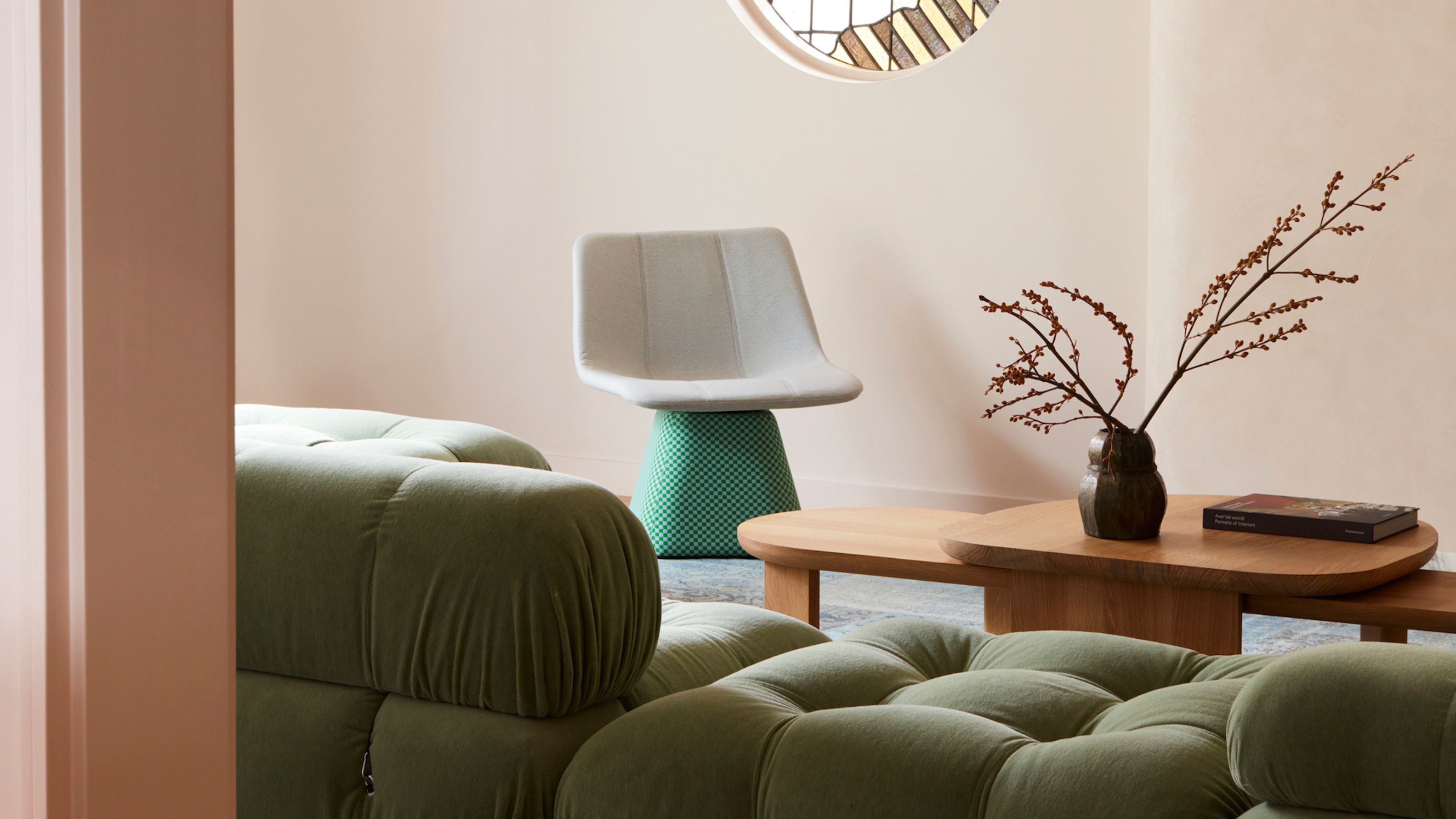 10 Pink and Green Living Room Ideas That'll Make You Think Again About This Color Combination
10 Pink and Green Living Room Ideas That'll Make You Think Again About This Color CombinationThis iconic pairing can be as sophisticated as it is playful — here’s how the experts create contemporary pink and green living rooms

